 W
WThe Lourinhã Formation is a fossil rich geological formation in western Portugal, named for the municipality of Lourinhã. The formation is Late Jurassic in age (Kimmeridgian/Tithonian) and is notable for containing a fauna especially similar to that of the Morrison Formation in the United States and a lesser extent to the Tendaguru Formation in Tanzania. There are also similarities to the nearby Villar del Arzobispo Formation. The stratigraphy of the formation and the basin in general is complex and controversial, with the constituent member beds belonging to the formation varying between different authors
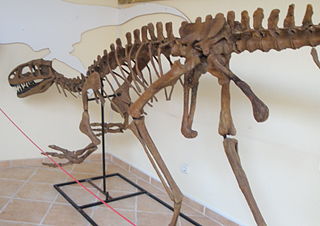 W
WLourinhanosaurus was a genus of carnivorous theropod dinosaur that lived during the Late Jurassic Period (Kimmeridgian/Tithonian) in Portugal. It is one of many large predators discovered at the Lourinhã Formation and probably competed with coeval Torvosaurus gurneyi, Allosaurus europaeus, and Ceratosaurus.
 W
WAllosaurus is a genus of large carnivorous theropod dinosaur that lived 155 to 145 million years ago during the Late Jurassic epoch. The name "Allosaurus" means "different lizard" alluding to its unique concave vertebrae. It is derived from the Greek ἄλλος and σαῦρος. The first fossil remains that could definitively be ascribed to this genus were described in 1877 by paleontologist Othniel Charles Marsh. As one of the first well-known theropod dinosaurs, it has long attracted attention outside of paleontological circles.
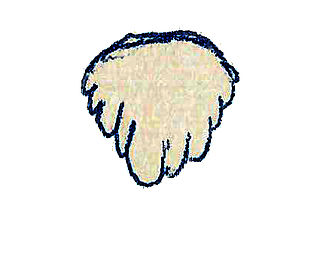 W
WAlocodon is a genus of ornithischian dinosaur from the Middle and Late Jurassic of what is now Portugal and also possibly England. It was described in 1975 by Richard Anthony Thulborn. It had small ornithopod-like teeth with vertical grooves. This animal is only known from these teeth, and is usually considered a nomen dubium.
 W
WCeratosaurus was a carnivorous theropod dinosaur in the Late Jurassic period. This genus was first described in 1884 by American paleontologist Othniel Charles Marsh based on a nearly complete skeleton discovered in Garden Park, Colorado, in rocks belonging to the Morrison Formation. The type species is Ceratosaurus nasicornis.
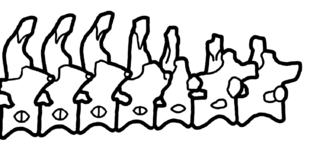 W
WDinheirosaurus is a genus of diplodocid sauropod dinosaur that is known from fossils uncovered in modern-day Portugal. It may represent a species of Supersaurus. The only species is Dinheirosaurus lourinhanensis, first described by José Bonaparte and Octávio Mateus in 1999 for vertebrae and some other material from the Lourinhã Formation. Although the precise age of the formation is not known, it can be dated around the early Tithonian of the Late Jurassic.
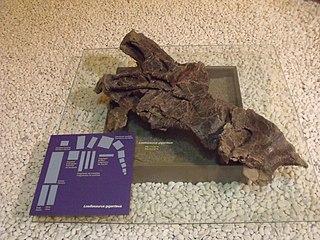 W
WLosillasaurus is a genus of sauropod dinosaur from the Late Jurassic and possibly Early Cretaceous (Kimmeridgian-?Berriasian) in the southeast of Spain. The type species of the turiasaurian Losillasaurus giganteus was discovered in the Villar del Arzobispo Formation and later the Praia de Amoreira-Porto Novo Formation in Valencia and formally described by Casanovas, Santafé and Sanz in 2001. The holotype material is from a subadult and includes part of a skull; complete cervical, dorsal, sacral, and caudal vertebrae as well as several fragments; skeletal elements from the limbs including a humerus, ulna, radius, and metacarpal; sternal plates; and from the pelvis: the ilium, ischium, and pubis. The genus is characterized by the dimension and shape of the neural spine of the proximal caudal vertebrae. The humerus is 143 centimetres (56 in) long, which despite being from a subadult specimen is within 20% of the size of Paralititan. The size estimation proposed by Francisco Gascó in his master thesis is 15–18 m (49–59 ft) and 12-15 tons.
 W
WLusotitan is a genus of herbivorous brachiosaurid sauropod dinosaur from the Late Jurassic Period of Portugal.
 W
WMiragaia is a long-necked stegosaurid dinosaur. Its fossils have been found in Upper Jurassic rocks in Portugal and possibly also Wyoming, United States. Miragaia has the longest neck known for any stegosaurian, which included at least seventeen vertebrae.
 W
WSuchoolithus is an oogenus of crocodylomorph eggs from the late Jurassic of Portugal. They are notable for their small size, and for being among the oldest known crocodylomorph eggs.
 W
WTorvosaurus is a genus of carnivorous megalosaurid theropod dinosaur that lived approximately 165 to 148 million years ago during the late Middle and Late Jurassic period in what is now Colorado, Portugal, and Germany. It contains two currently recognized species, Torvosaurus tanneri and Torvosaurus gurneyi.
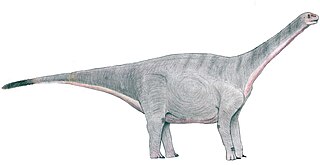 W
WZby is an extinct genus of turiasaurian sauropod dinosaur known from the Late Jurassic of the Lourinhã Formation, central west Portugal. It contains a single species, Zby atlanticus. It is named after Georges Zbyszewski, who studied the geology and paleontology of Portugal.